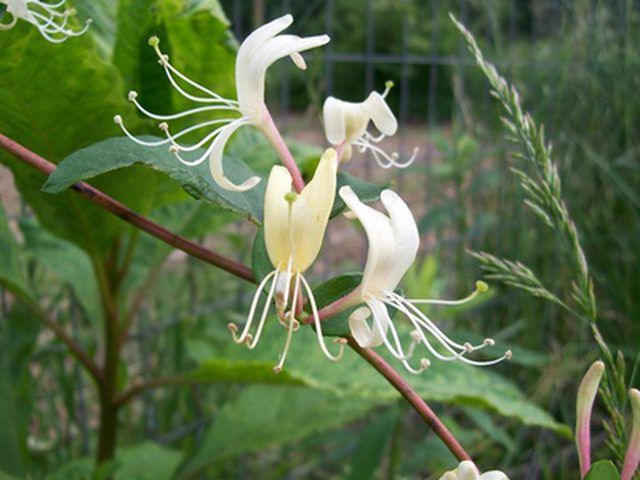Bulbs
Flower Basics
Flower Beds & Specialty Gardens
Flower Garden
Garden Furniture
Garden Gnomes
Garden Seeds
Garden Sheds
Garden Statues
Garden Tools & Supplies
Gardening Basics
Green & Organic
Groundcovers & Vines
Growing Annuals
Growing Basil
Growing Beans
Growing Berries
Growing Blueberries
Growing Cactus
Growing Corn
Growing Cotton
Growing Edibles
Growing Flowers
Growing Garlic
Growing Grapes
Growing Grass
Growing Herbs
Growing Jasmine
Growing Mint
Growing Mushrooms
Orchids
Growing Peanuts
Growing Perennials
Growing Plants
Growing Rosemary
Growing Roses
Growing Strawberries
Growing Sunflowers
Growing Thyme
Growing Tomatoes
Growing Tulips
Growing Vegetables
Herb Basics
Herb Garden
Indoor Growing
Landscaping Basics
Landscaping Patios
Landscaping Plants
Landscaping Shrubs
Landscaping Trees
Landscaping Walks & Pathways
Lawn Basics
Lawn Maintenance
Lawn Mowers
Lawn Ornaments
Lawn Planting
Lawn Tools
Outdoor Growing
Overall Landscape Planning
Pests, Weeds & Problems
Plant Basics
Rock Garden
Rose Garden
Shrubs
Soil
Specialty Gardens
Trees
Vegetable Garden
Yard Maintenance
The Toxicity of Honeysuckle Berries
The Toxicity of Honeysuckle Berries. The honeysuckle plant genus (Lonicera L.) contains 52 species. Several of these species, including the Lonicera tatarica (Tartarian honeysuckle) and Lonicera xylosteum (dwarf or fly honeysuckle) are classified as invasive and noxious.

The honeysuckle plant genus (Lonicera L.) contains 52 species. Several of these species, including the Lonicera tatarica (Tartarian honeysuckle) and Lonicera xylosteum (dwarf or fly honeysuckle) are classified as invasive and noxious.
Family
Honeysuckle is a vascular, flowering seed plant that is a member of the Caprifoliaceae family, which includes the glossy abelia, bush honeysuckle and elderberry plants.
Appearance
The appearance of different kinds of honeysuckle can vary widely. Some are in the form of shrubs, while others appear as clinging vines, but almost all varieties feature delicate, unusually shaped flowers.
Berries
Honeysuckle plants feature clusters of bright, shiny red or black berries. These berries are characterized by the sweet, honey-like taste also present in the honeysuckle flowers' nectar.
Toxicity
Several varieties of honeysuckle berries are toxic, including the dwarf or fly honeysuckle and the Tartarian honeysuckle. Poisoning symptoms include abdominal pains, diarrhea and vomiting; while the toxin has caused death in laboratory mice, no human deaths have been caused by honeysuckle berries, according to the Canadian Biodiversity Information Facility.
Edibility
While some species of honeysuckle are mildly toxic, in a few species, the berries are actually edible, such as the Lonicera caerulea.